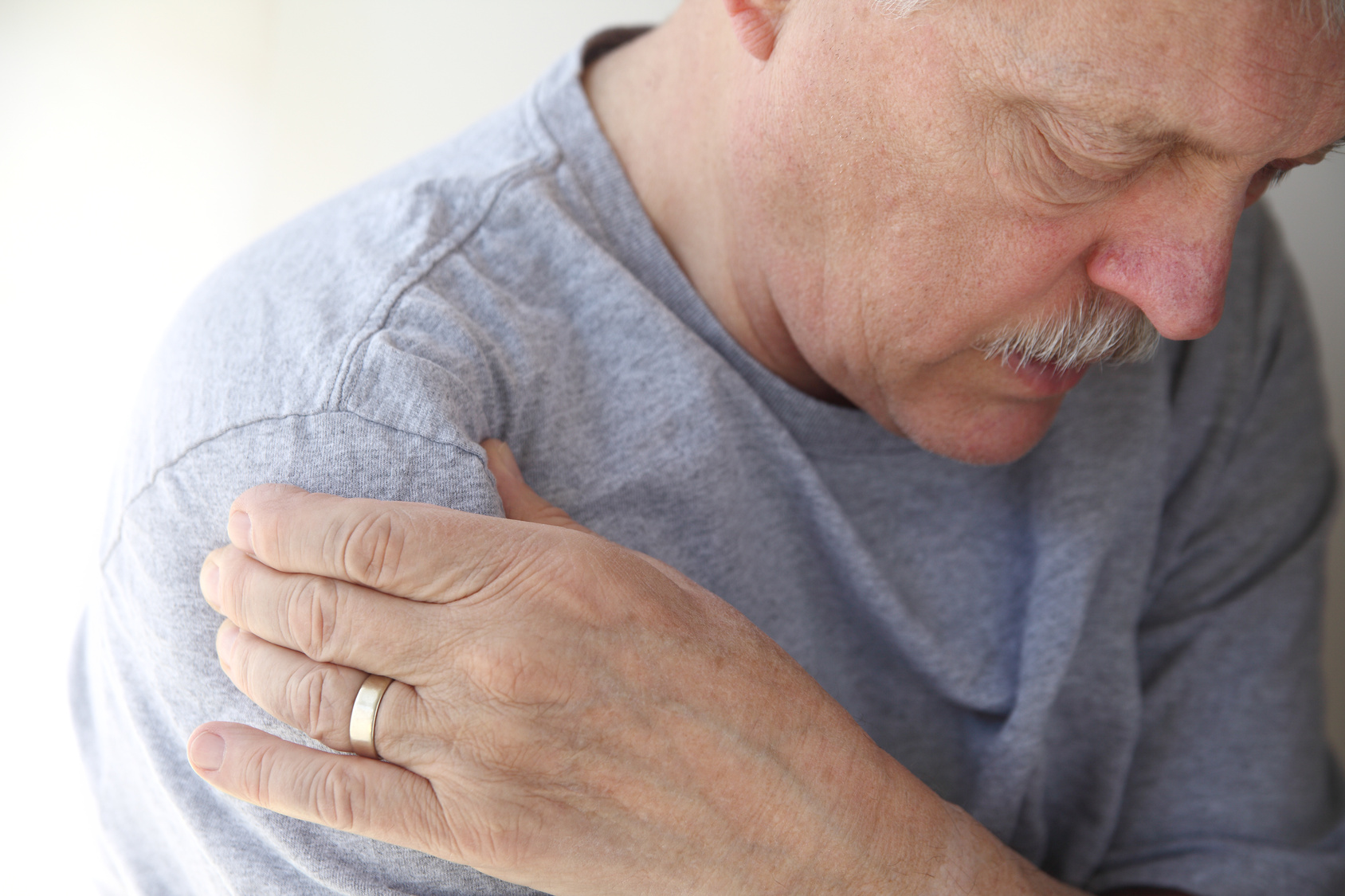There is a high incidence of rotator cuff tendonitis among lifters and athletes. Among those who play golf and tennis, there’s the additional risk of injuring the shoulder after a debilitating elbow strain. The most common cause of shoulder pain and injuries are rotator cuff disorders. A deeper look at the risk factors that contribute to the development of rotator cuff tendinopathy explains why specific exercises play a crucial role in treatment and prevention. Prevention is the most effective treatment, and effective preventive shoulder stability exercises can enhance shoulder function.
What Are the Risk Factors?
There are two major risk factors that contribute to the development of a rotator cuff tendon injury:
- Overuse (regular overhead lifting; shoulder impingement)
- Underuse (tendon degeneration)
Over Your Head
In the case of overuse, excessive overhead lifting and overhead sports—like weight lighting, or volleyball—can contribute to rotator cuff issues. The tendon fibers closer to the shoulder joint have a smaller cross-sectional area and hence are less able to withstand the strain. Complex moves can strain these fibers during higher angles of arm abduction. Before attaching to the head of the humerus, the tendons of the rotator cuff muscles pass underneath a bony roof that’s also a part of the shoulder blade. This subacromial space narrows when the shoulder is abducted or flexed: during forward flexion or abduction of the shoulder, the supraspinatus tendon can get compressed against the acromion, leading to a degeneration of the tendon and tendonitis.
The Ugly Truth of Underuse
The supraspinatus tendon—-a part of the rotator cuff—is prone to degenerative changes. The supraspinatus tendon doesn’t receive much blood flow, and poor blood-circulation can alter the tendon remodeling process constant degradation and rebuilding of tendon tissue. People who lead less active lifestyles can suffer most from tendon degeneration: and a degenerated tendon is more susceptible to tendinopathy, partial and complete tears.
Raise the Roof…But Only After Rehab
If you’re of the athletic persuasion and have been suffering from shoulder injuries, then—depending on the nature of the injury—physical therapy might be the answer. Treatment for rotator cuff disorders should always consist of rotator cuff strengthening exercises and exercises to enhance scapulothoracic stability. Research shows that these exercises are effective to reduce pain and strengthen and recondition the rotator cuff tendons. Exercise increases blood circulation in the tendons of the muscles that are exercised, the metabolic activity of the tendon cells, and the release of local growth factors and collagen synthesis.
Is Surgery For You?
If physical therapy fails, and you still can’t complete overhead motions—or the shoulder continues to dislocate—surgical treatment might be required to reattach the torn ligaments and labrum to the bone. Arthroscopic procedures, in which the doctor operates through a small incision, are usually preferred because they are less invasive than open surgery. If you feel like physical therapy hasn’t provided the results you’ve hoped for, then contact our office today—in no time at all, we can have you in full swing back on the golf course, or spiking volleyballs on the court again.

